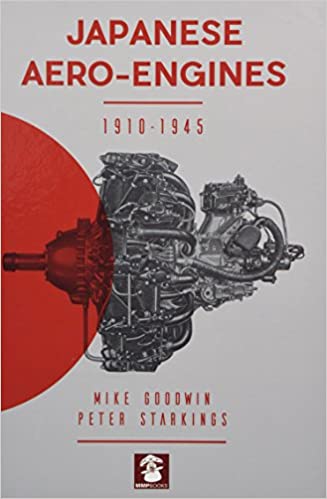Design & Development
At about the same time Pratt & Whitney had started a development of their equally famous Wasp design into a larger and much more powerful two-row design that would easily compete with this larger Cyclone. In 1935 Wright decided to follow Pratt & Whitney's lead, and started to develop much larger engines based on the mechanicals of the Cyclone. The result were two designs with a somewhat shorter stroke, a 14 cylinder design that would evolve into the Wright R-2600, and a much larger 18 cylinder design that became the R-3350. An even larger 2-row 22 cylinder version, the R-4090, was experimented with as a competitor to the Pratt & Whitney R-4360 but was not produced.
The first R-3350 was run in May 1937. Continued development was slow, both due to the complex nature of the engine, as well as the R-2600 receiving considerably more attention. The R-3350 didn't fly until 1941, after the prototype Douglas XB-19 had been re-designed from the Allison V-3420 to the R-3350.
Things changed dramatically in 1940 with the introduction of a new contract by the USAAC to develop a long-range bomber capable of flying from the US to Germany with a 2,000 lb (900 kg) bomb load. Although smaller than the Bomber D designs that led to the B-19, the new designs required roughly the same amount of power. When preliminary designs were returned in the summer of 1940, three of the four designs were based on the R-3350. Suddenly the engine was seen as the future of Army aviation, and serious efforts to get the design into production started.
By 1943 the ultimate development of the new bomber program, the Boeing B-29 Superfortress, was flying. However the engines remained temperamental, and showed an alarming tendency of the rear cylinders to overheat, partially due to minimal clearance between the cylinder baffles and the cowl. A number of changes were introduced into the aircraft production line in order to provide more cooling at low speeds, with the aircraft rushed into operational use in the Pacific in 1944. This proved unwise, as the early B-29 tactics of maximum weights combined with high temperature airfields produced overheating problems that were not completely solved, and the engines had a tendency to swallow their own valves. Because of a high magnesium content in the crankcase alloy, the resulting engine fires - sometimes burning with as high a core temperature approaching 5,600°F (3,100°C) from the Duplex Cyclone's magnesium engine crankcase alloys - were often so intense the main spar could burn through in seconds, resulting in catastrophic wing failure.
Early versions of the R-3350 were equipped with carburetors, though the poorly designed elbow entrance to the supercharger led to serious problems with inconsistent fuel/air distribution. Near the end of World War II, the system was changed to use direct injection where fuel was injected directly into the combustion chamber. This change improved engine reliability. After the war the engine was redesigned, and became a favorite for large aircraft, notably the Lockheed Constellation and Douglas DC-7.
Following the war, to better serve the civilian market, the Turbo-Compound system was developed to deliver better fuel efficiency and thus economy. In these versions, three power recovery turbines (PRT) were inserted into the exhaust piping of each group of six cylinders and geared to the engine crankshaft by fluid couplings to deliver more power. The PRTs recovered about 20 percent of the exhaust energy (around 450 hp) that would have otherwise been wasted, but reduced engine reliability. The fuel burn for the PRT equipped aircraft was nearly the same as the older Pratt and Whitney R-2800, while producing more horsepower. Many aircraft mechanics of the day, nicknamed them "Parts Recovery Turbines" (and worse).
By this point, reliability had improved with the mean time between overhauls at 3,500 hours and specific fuel consumption in the order of 0.4 lb/hp/hour (243 g/kWh, giving it a 34% fuel efficiency). Engines still in use are now limited to 52 inches of mercury (1,800 hPa) manifold pressure, being 2,880 hp with 100/130 octane fuel (or 100LL) instead of the 59.5 inHg (2,010 hPa) and 3,400 HP possible with 115/145, or better, octane fuels, which are no longer available.
Several of the air racers at the Reno Air Races are powered by R-3350s. Modifications on one, Rare Bear, include a nose case designed for a slow-turning prop, taken from a R-3350 used on the Lockheed L-1649 Starliner, mated to the power section (crankcase, crank, pistons, and cylinders) taken from a R-3350 used on the Douglas DC-7. The supercharger is taken from a R-3350 used on the Lockheed EC-121 and the engine is fitted with Nitrous Oxide injection. Normal rated power of a stock R-3350 is 2,800 horsepower at 2,600 rpm and 45 inches of manifold pressure. With these modifications, Rare Bear's engine produces 4,000 horsepower at 3,200 rpm and 80 inches of manifold pressure and 4,500 horsepower with Nitrous Oxide injection.
[Source - Wikipedia]





